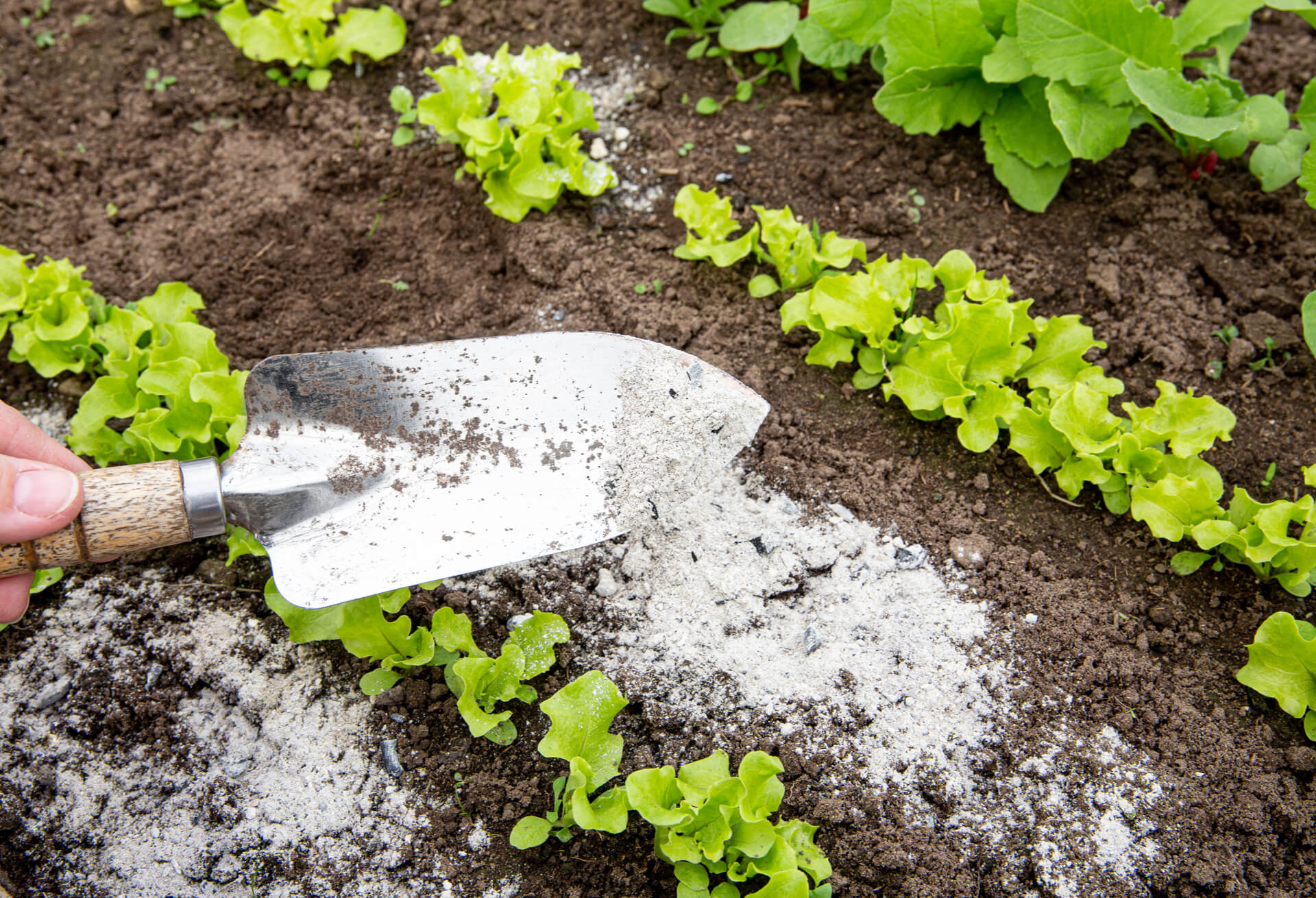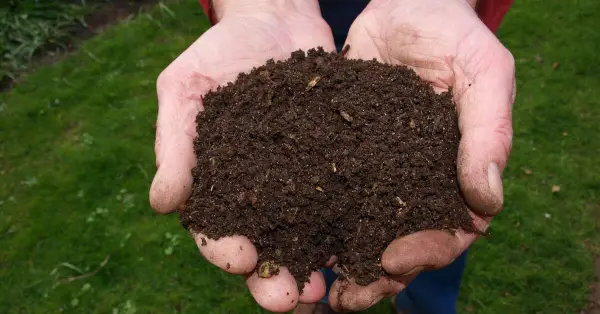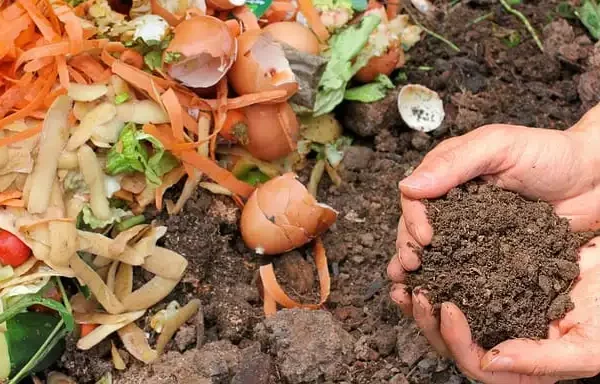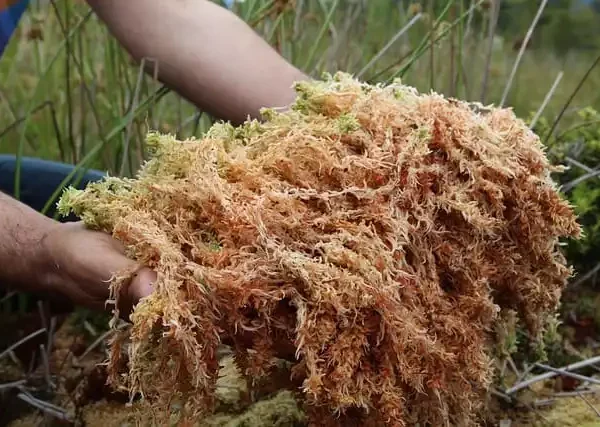Understanding the Benefits of Wood Ash
Nutrient Content
Wood ash is rich in potassium (potash) and contains smaller amounts of phosphorus, calcium, and magnesium, which can enrich soil fertility when applied appropriately.
pH Adjustment
Wood ash is alkaline and can help raise the pH of acidic soils, making it more suitable for a wider range of plants and improving nutrient availability.
Precautions and Considerations
pH Testing
Before applying wood ash, it’s crucial to test your soil pH. Avoid using wood ash on already alkaline soils, as excessive alkalinity can hinder nutrient uptake by plants.
Application Rates
Apply wood ash sparingly to avoid overloading soil with nutrients or altering pH levels too drastically. A general guideline is 20 pounds of wood ash per 1,000 square feet per year for most garden soils.
Best Practices for Using Wood Ash
Mixing with Compost
Incorporate wood ash into compost piles to balance pH levels and enhance nutrient content. This ensures even distribution and gradual release of nutrients into the soil.
Applying Directly to Soil
Spread wood ash evenly over the garden soil during the dormant season or before planting. Mix thoroughly into the topsoil to prevent direct contact with plant roots and minimize nutrient loss through leaching.
Environmental and Safety Considerations
Types of Wood Ash
Use wood ash from untreated, natural wood sources only. Avoid ash from treated wood, charcoal, or ashes containing additives, as they may contain harmful chemicals.
Handling and Storage
Store wood ash in a dry, covered container to prevent it from becoming damp or leaching nutrients. Use gloves and avoid inhaling ash dust during handling.
Expert Advice and Resources
Governmental and Horticultural Bodies
Consult resources from organizations such as the USDA (United States Department of Agriculture) or Garden Organic for guidelines on safe and effective use of wood ash in gardening.
Academic Experts
Refer to studies and publications by academic experts in soil science and horticulture for in-depth insights into the chemical composition and agronomic effects of wood ash.
Conclusion
Using wood ash in the garden can be a sustainable way to enhance soil fertility and improve plant health when done correctly. By following these guidelines and consulting authoritative sources, you can maximize the benefits of wood ash while minimizing potential risks to your garden and the environment.
What nutrients does wood ash provide to garden soil?
Wood ash is rich in potassium (potash), with smaller amounts of phosphorus, calcium, and magnesium, which can enhance soil fertility and plant health.
How can I determine if my soil needs wood ash?
Conduct a soil pH test to assess acidity levels. Wood ash is beneficial for acidic soils but should be avoided on alkaline soils.
How should I apply wood ash to my garden soil?
Apply wood ash sparingly during the dormant season or before planting. Mix it thoroughly into the topsoil to prevent direct contact with plant roots.
Can wood ash be used in compost?
Yes, mixing wood ash into compost piles helps balance pH levels and enriches the nutrient content, promoting healthier soil and plant growth.
Are there types of wood ash I should avoid using in the garden?
Avoid ash from treated wood, charcoal, or ashes containing additives, as they may contain harmful chemicals that can harm plants and soil health.
How much wood ash should I apply to my garden?
A general guideline is to apply 20 pounds of wood ash per 1,000 square feet of garden area per year. Adjust based on soil pH and specific plant needs.
What precautions should I take when handling wood ash?
Wear gloves when handling wood ash to protect your skin, and avoid inhaling ash dust. Store ash in a covered container to prevent it from becoming damp.
Can wood ash be harmful to plants if used incorrectly?
Yes, excessive use of wood ash or applying it to already alkaline soils can harm plants by altering pH levels and causing nutrient imbalances.
When is the best time to apply wood ash to the garden?
Apply wood ash during the dormant season or before planting to allow nutrients to integrate into the soil gradually without affecting immediate plant growth.
Are there environmental benefits to using wood ash in the garden?
Yes, using wood ash can reduce the need for synthetic fertilizers, promoting sustainable gardening practices and minimizing environmental impact.
- Explore THC Infused Drinks in New York - May 9, 2025
- The Latest in THC Seltzers Across Texas - May 9, 2025
- Top THC Infused Drinks Available in Oklahoma - May 9, 2025





